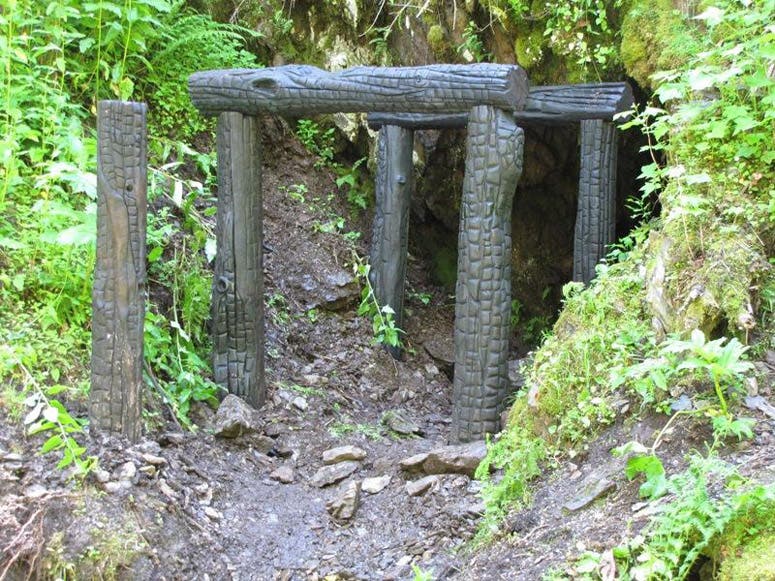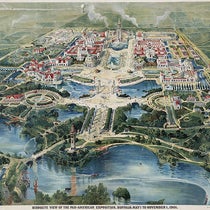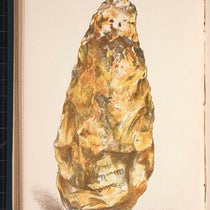Scientist of the Day - Ed Pulaski
Edward Crocket “Ed” Pulaski, a United States forest ranger, was born Feb. 9, 1866. After working out west on the railroads and in the mines, at the age of 42 he joined the relatively new U.S. Forest Service, which had been founded by Gifford Pinchot in 1905. Two years after joining their ranks, in 1910, he found himself right in the middle of one of the most devasting forest fires ever to strike northern Montana and Idaho, now referred to as the Big Burn of 1910. The fire devastated millions of acres of virgin forest – an area the size of Connecticut – and killed over 80 firefighters. It would have killed 39 more, but for the leadership of Pulaski, who found refuge for his crew in an abandoned Idaho mine tunnel, forced them to lie down and breathe the cooler air on the tunnel floor when smoke filled the tunnel, and managed to save all but six of them.
It is thought that this experience gave Pulaski the idea for a new fire-fighting tool. He made the prototype himself, in his own smithy, by forging a toolhead that had an axe on one side, and an adze on the other, mounted on the end of a long handle (second image). This single tool could fell trees as well as dig firebreaks, just by flipping it one way or the other. The tool grew in popularity, and by 1920, it was being used by nearly all firefighters in the Forest Service. They called the tool a “Pulaski.” It is still in use, and a modern Pulaski (third image) looks pretty much like the original, although you can now buy versions with short handles and a variety of heads.
It has been pointed out that lots of people were making a wide range of fire axes around 1911, and one can find evidence of other tools that look quite similar to the Pulaski. It would appear that subsequent fire fighters gave the credit to Pulaski and named the tool after him because, well, he was a hero, and the others were not. That is the way things get named, and credit gets assigned, sometimes.
There is a museum in Wallace, Idaho, the Wallace District Mining Museum, that has what they claim is the original Pulaski, with the initials “E.P.” on the tool head (second image). The Museum, up in the Idaho panhandle, is not too far from the former Nicholson Mine, where Pulaski led his men to refuge in 1910. There is a trail that runs from a trailhead south of Wallace to the mine tunnel, the entrance of which looks fire-burned, but is in fact a restoration, and a rather unconvincing one (fourth image). If you look closely at a map of the trail, you can see that there is a Mt. Pulaski not too far away (fifth image). Wallace, Idaho, is very much Pulaski country.
Dr. William B. Ashworth, Jr., Consultant for the History of Science, Linda Hall Library and Associate Professor emeritus, Department of History, University of Missouri-Kansas City. Comments or corrections are welcome; please direct to ashworthw@umkc.edu.










